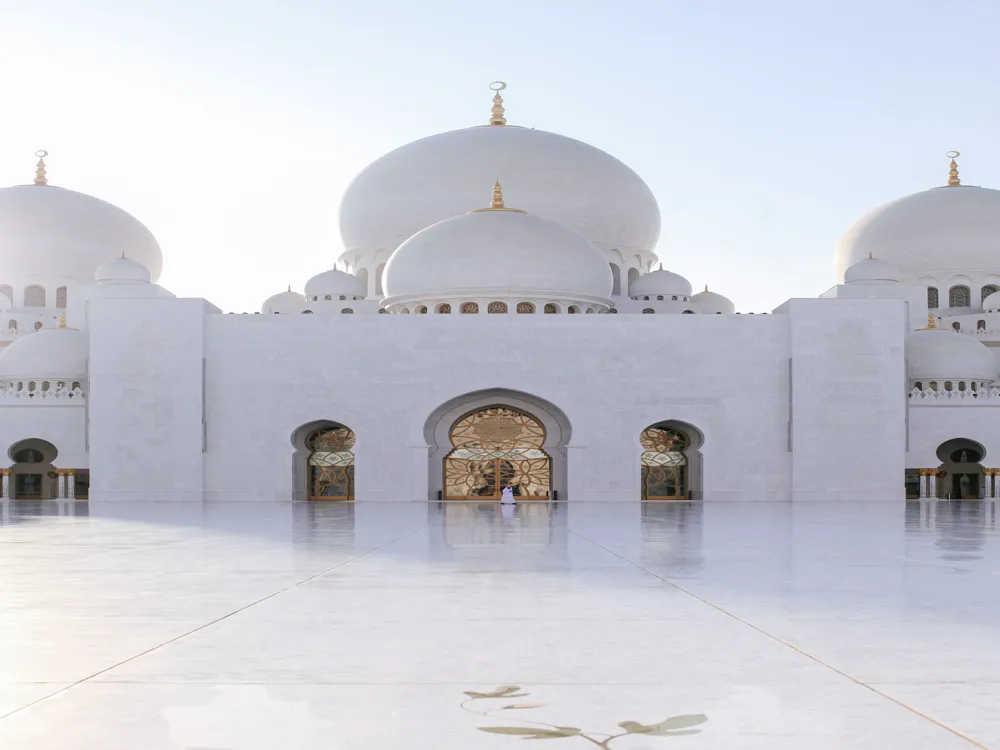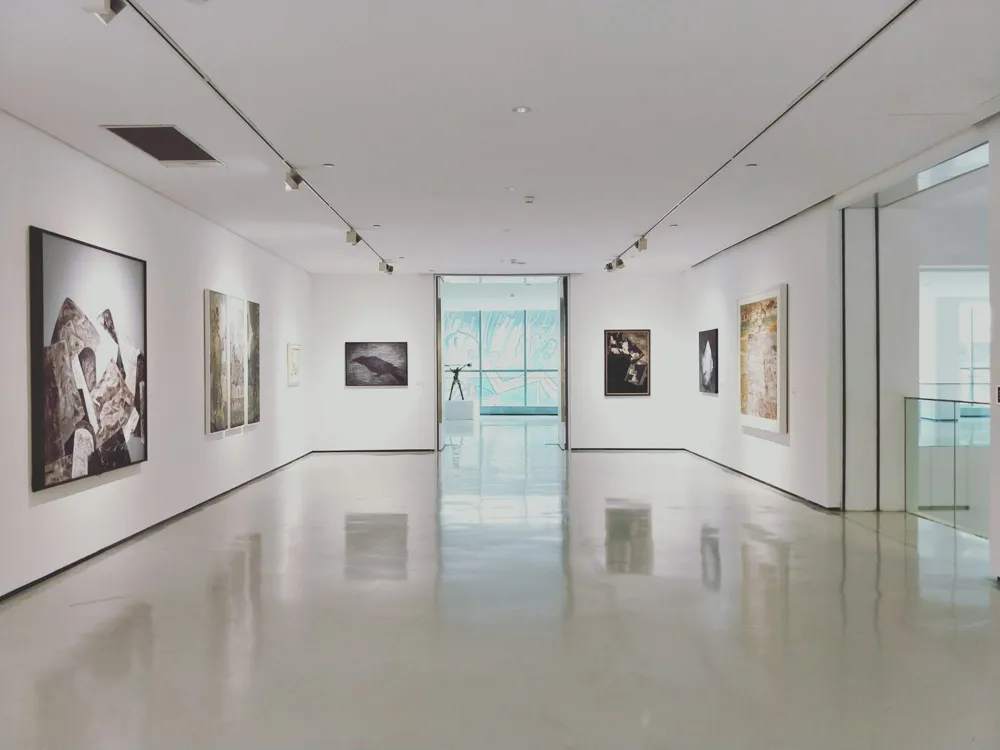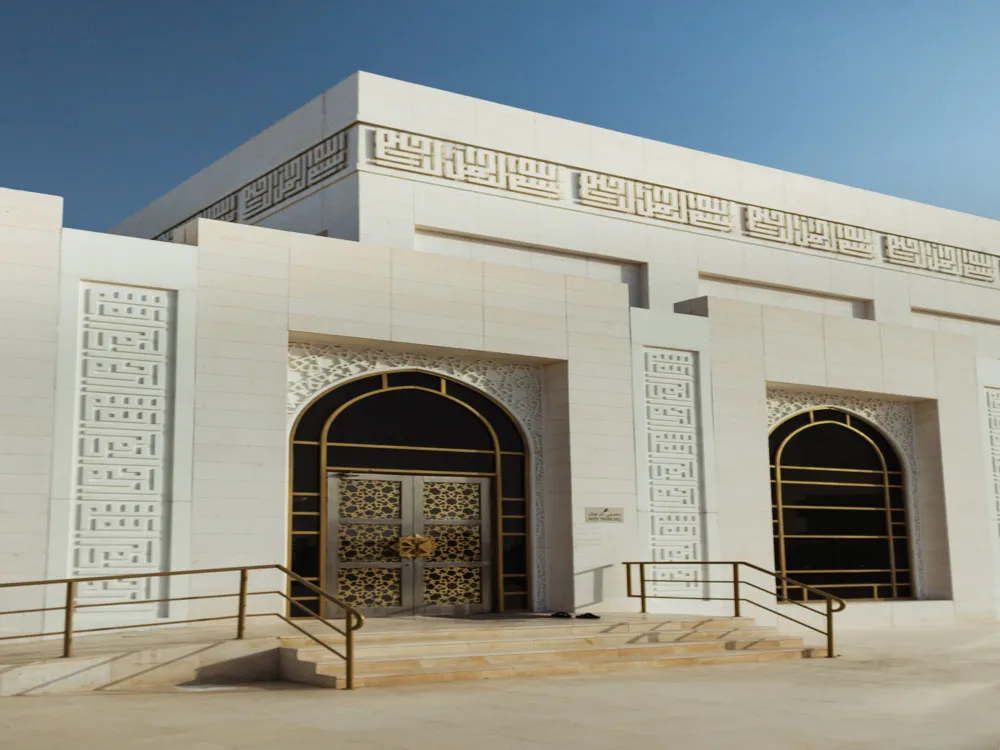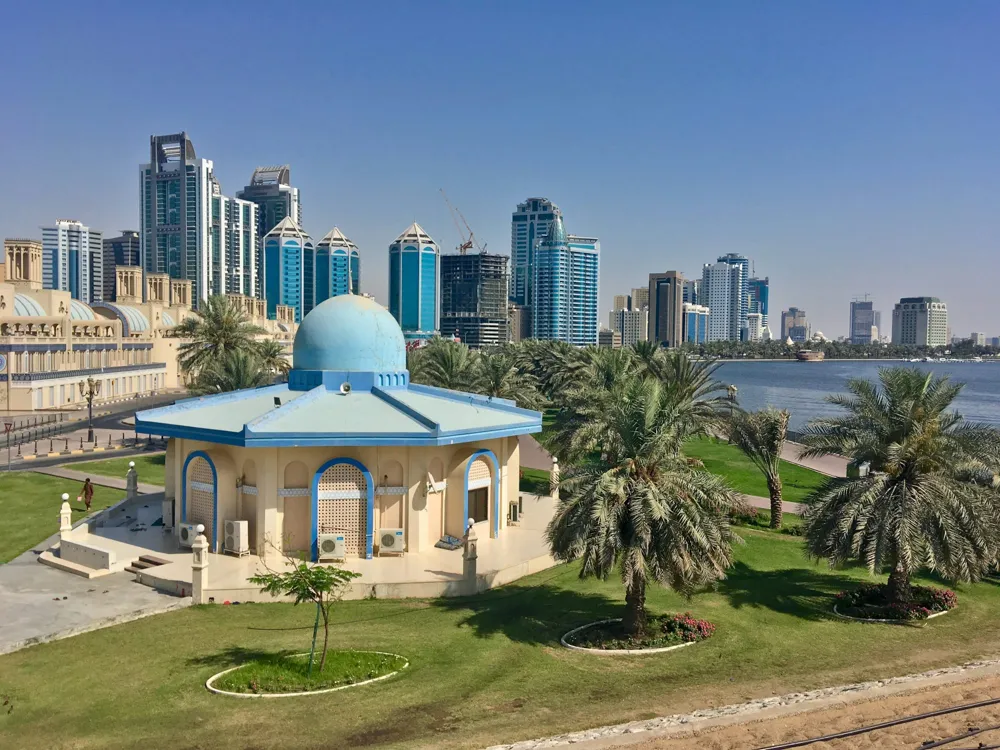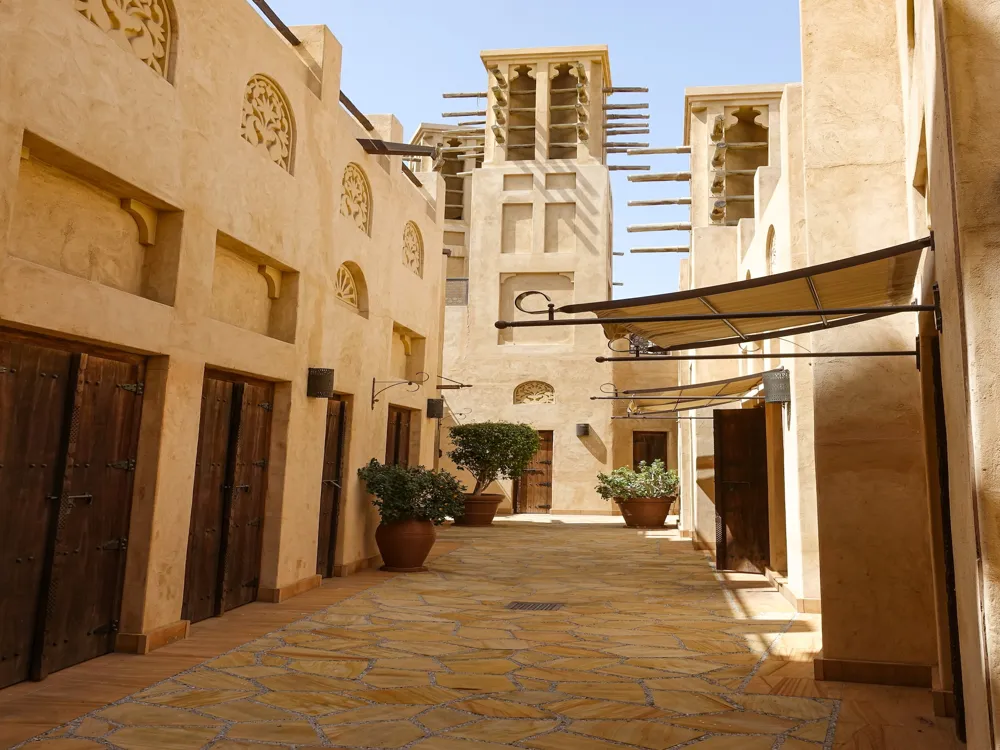The Ajman National Museum, a jewel in the crown of the United Arab Emirates, is nestled in the heart of Ajman. Originally a fortress built in the late 18th century, this historical edifice was once the ruler's residence and a defensive stronghold. It transitioned into a museum in 1981, offering a unique glimpse into the region's rich history and culture. The museum's diverse collection spans various eras, highlighting traditional industries, local history, and the customs of the people of Ajman. As visitors wander through the museum's halls, they are transported back in time. The exhibits include a fascinating array of artifacts, from ancient manuscripts and weaponry to tools used in pearl diving and shipbuilding – the lifelines of the region's economy in the past. The museum not only preserves these treasures but also tells the stories of the people of Ajman, their daily lives, their struggles, and their triumphs. Each exhibit is a thread in the vibrant tapestry of the Emirate's heritage, making the museum a must-visit for anyone keen on understanding the UAE's cultural and historical depth. The architecture of the Ajman National Museum is as captivating as its contents. The building, originally a fort, showcases traditional Arabian architecture, characterized by its robustness and functionality. The fort's high walls, built with indigenous materials like coral stones and plastered with lime, have stood the test of time. The defensive tower, an iconic part of the structure, offers a panoramic view of Ajman, symbolizing the historical vigilance against invaders. The interior of the museum is a blend of the old and the new. While maintaining the fort's original structure, careful renovations have added modern amenities to enhance the visitor experience. The layout of the museum is thoughtfully designed to guide visitors through a chronological journey of Ajman's history. The use of lighting and space within the museum subtly complements the artifacts, ensuring that each piece is given its due prominence. Check the museum's opening hours and plan your visit accordingly. It's best to allocate at least a couple of hours to fully appreciate the exhibits. Respect local culture by dressing modestly. Cover your shoulders and knees, and avoid revealing clothing. Photography might be restricted in certain areas of the museum. Always check for signs or ask the staff before taking pictures. The Ajman National Museum is easily accessible by various modes of transportation. If you're driving, the museum is well-signposted and has parking facilities. For those relying on public transport, buses and taxis are convenient options. The museum is a prominent landmark in Ajman, so most taxi drivers are familiar with the location. Additionally, for international visitors, the museum is just a short drive from the Sharjah International Airport, making it a convenient cultural stop on your trip. Read More:Overview of Ajman National Museum
Architecture of Ajman National Museum
Tips When Visiting Ajman National Museum
Plan Your Visit
Dress Code
Photography
How To Reach Ajman National Museum
Ajman National Museum
Ajman
NaN onwards
View ajman Packages
Weather :
Tags : Museum
Timings : Saturday - Thursday: 8:00 AM - 8:00 PM
Entry Fee : Adult: AED 5,
Child: AED 1,
Family: AED 15
Planning a Trip? Ask Your Question
Ajman Travel Packages
View All Packages For Ajman
Top Hotel Collections for Ajman

Private Pool

Luxury Hotels

5-Star Hotels

Pet Friendly
Top Hotels Near Ajman
Other Top Ranking Places In Ajman
View All Places To Visit In ajman
Faq on Ajman
What is the Ajman National Museum?
The Ajman National Museum is a cultural institution located in Ajman, United Arab Emirates, dedicated to preserving and showcasing the history and heritage of the Emirate of Ajman.
What can I see at the Ajman National Museum?
Visitors to the Ajman National Museum can explore a wide range of exhibits that include artifacts, photographs, documents, and interactive displays depicting the history, culture, and traditions of Ajman.
Is there an admission fee for the Ajman National Museum?
Yes, there is an admission fee to enter the Ajman National Museum. The fee may vary for different age groups and nationalities.
Can I take photographs inside the Ajman National Museum?
Generally, photography is allowed inside the Ajman National Museum, but it is advisable to check with museum staff for any specific restrictions.
Is the Ajman National Museum accessible for people with disabilities?
The Ajman National Museum strives to provide accessibility for all visitors. It is equipped with facilities such as ramps and elevators to accommodate people with disabilities.
View ajman Packages
Weather :
Tags : Museum
Timings : Saturday - Thursday: 8:00 AM - 8:00 PM
Entry Fee : Adult: AED 5,
Child: AED 1,
Family: AED 15
Planning a Trip? Ask Your Question
Ajman Travel Packages
View All Packages For Ajman
Top Hotel Collections for Ajman

Private Pool

Luxury Hotels

5-Star Hotels

Pet Friendly
Top Hotels Near Ajman
Other Top Ranking Places In Ajman
Faq on Ajman
What is the Ajman National Museum?
The Ajman National Museum is a cultural institution located in Ajman, United Arab Emirates, dedicated to preserving and showcasing the history and heritage of the Emirate of Ajman.
What can I see at the Ajman National Museum?
Visitors to the Ajman National Museum can explore a wide range of exhibits that include artifacts, photographs, documents, and interactive displays depicting the history, culture, and traditions of Ajman.
Is there an admission fee for the Ajman National Museum?
Yes, there is an admission fee to enter the Ajman National Museum. The fee may vary for different age groups and nationalities.
Can I take photographs inside the Ajman National Museum?
Generally, photography is allowed inside the Ajman National Museum, but it is advisable to check with museum staff for any specific restrictions.
Is the Ajman National Museum accessible for people with disabilities?
The Ajman National Museum strives to provide accessibility for all visitors. It is equipped with facilities such as ramps and elevators to accommodate people with disabilities.







